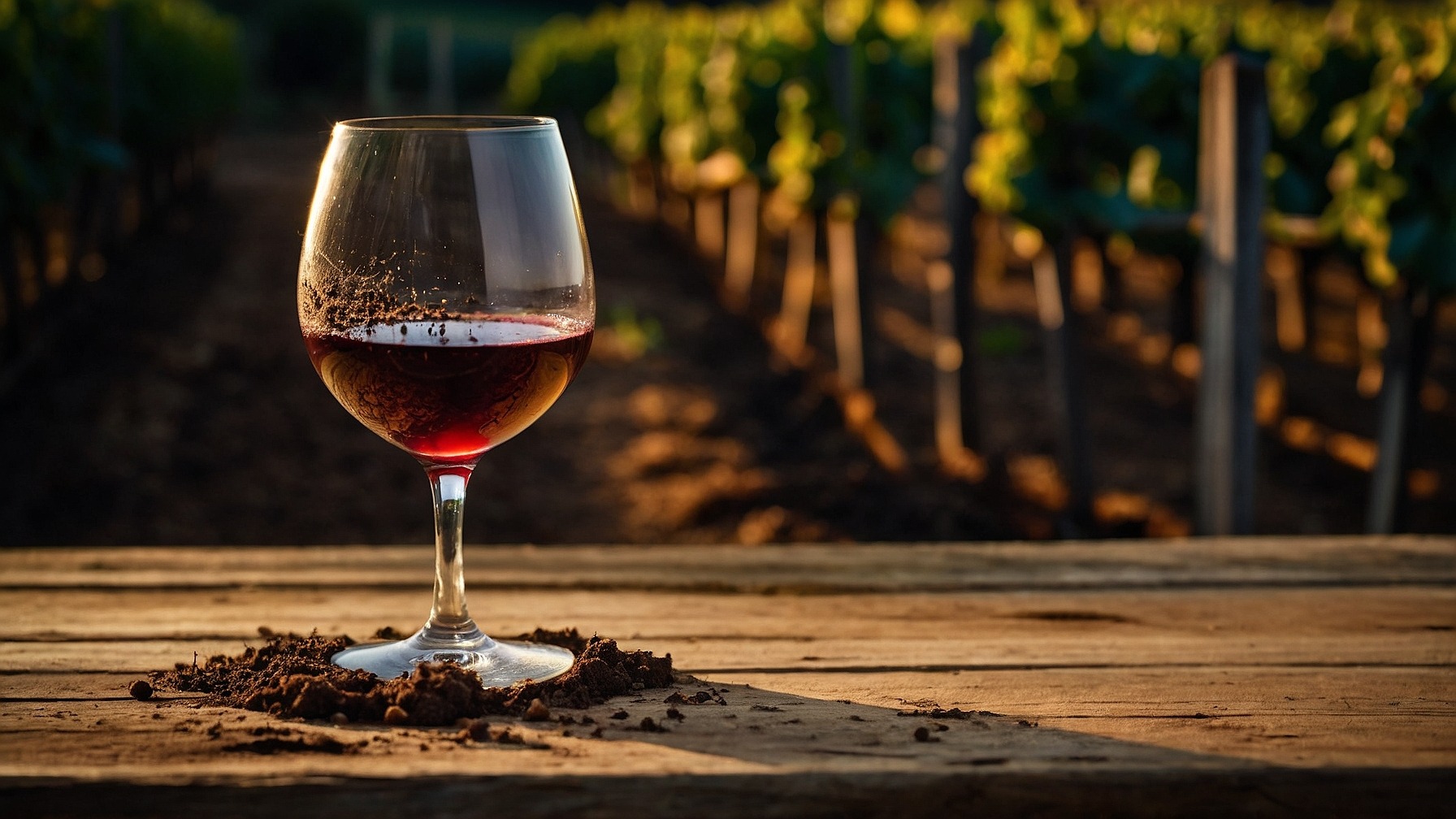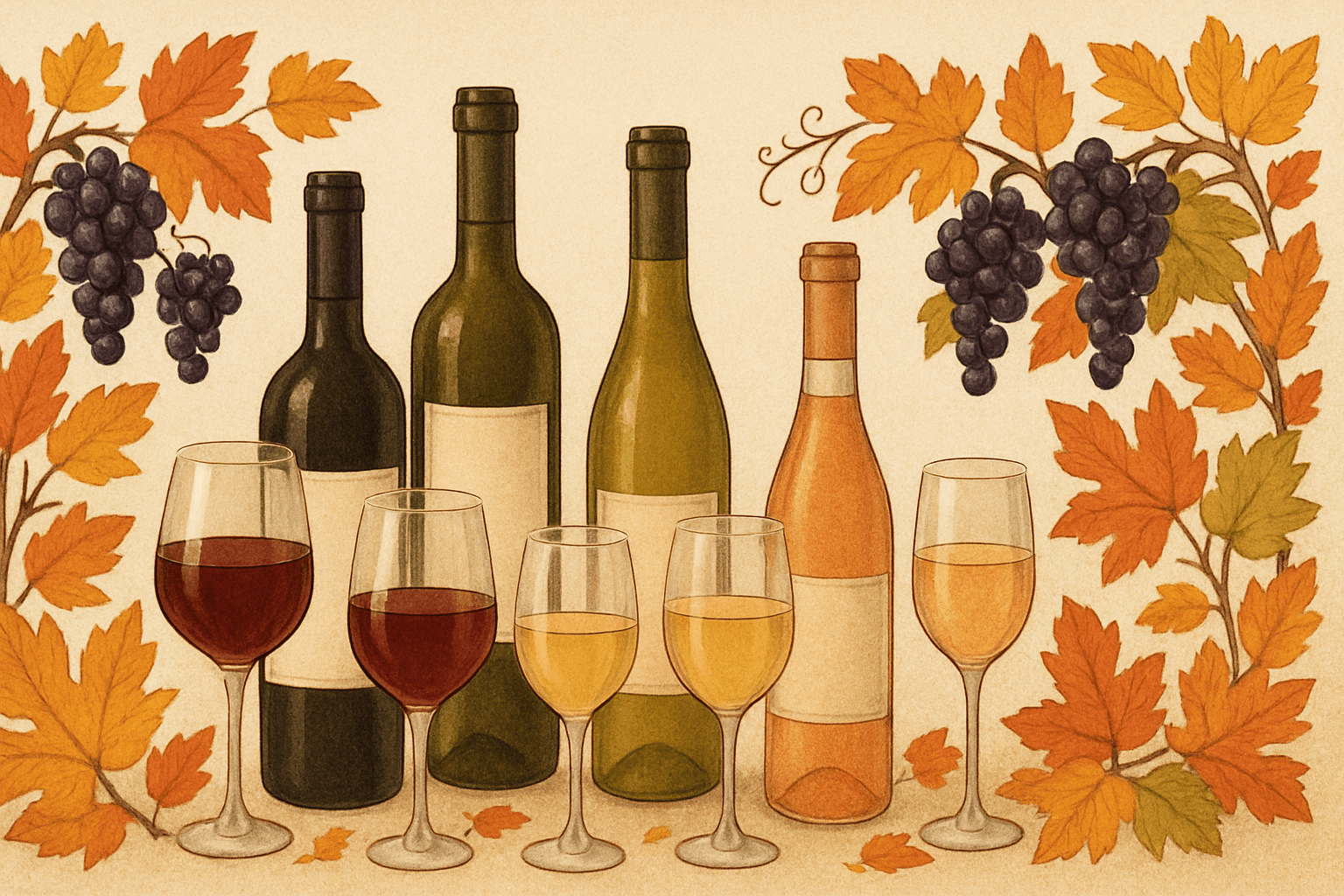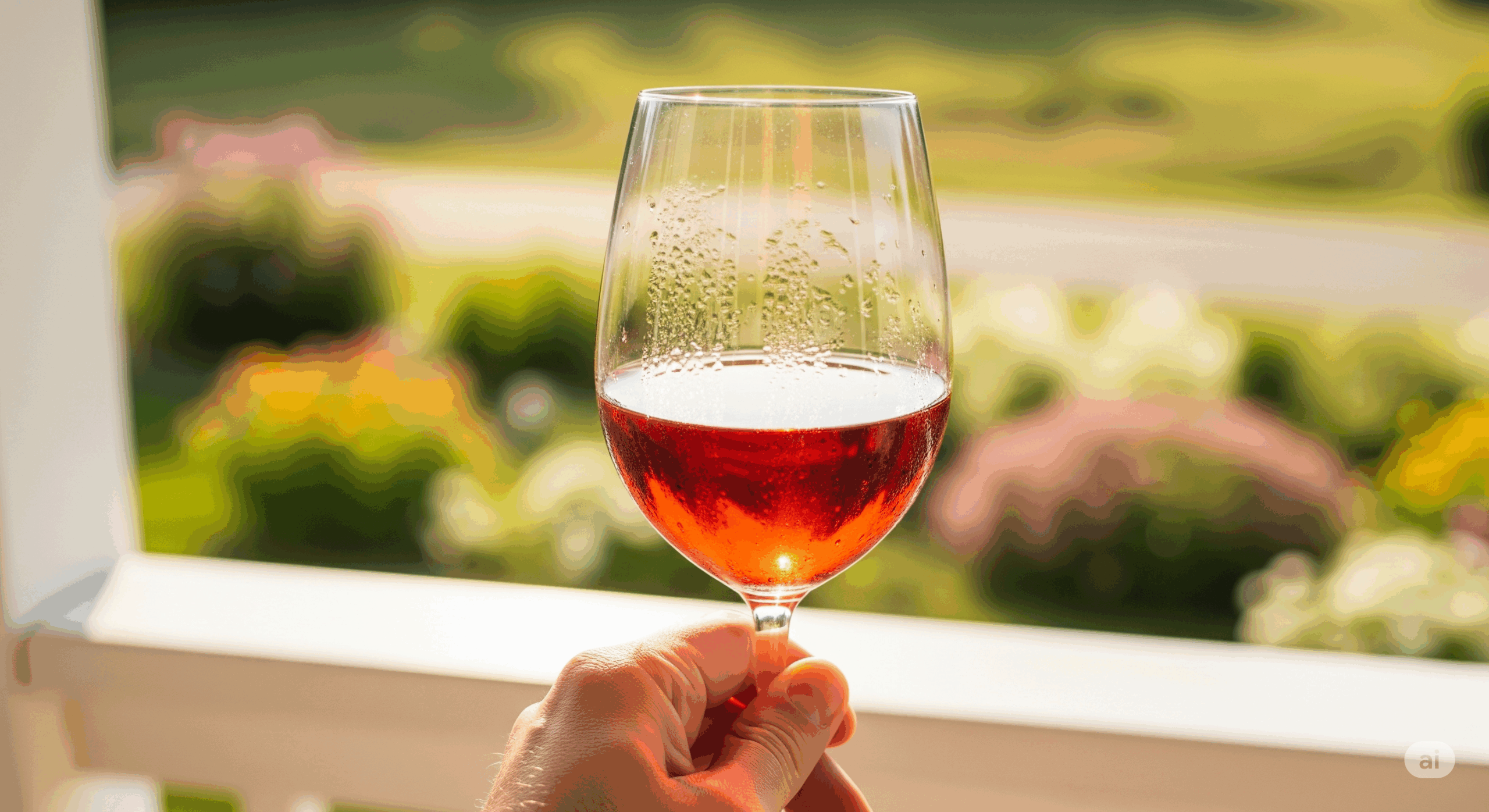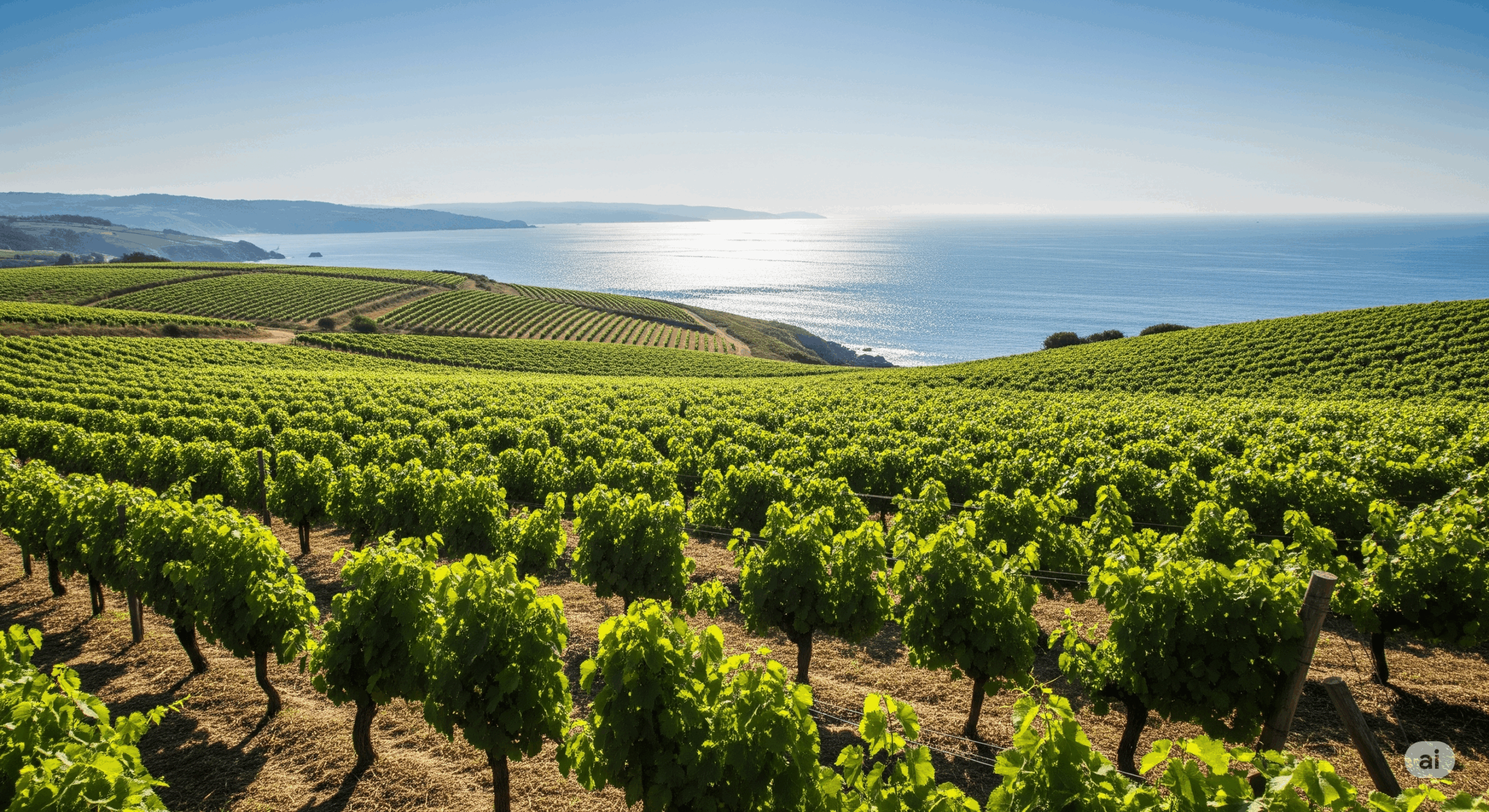At a recent dinner we embarked on a journey through four exceptional wines that focused on soil, climate, and sunlight – the elements of “terroir” that shape the identity of a wine.
Argiano Brunello di Montalcino 2018
Our exploration began in Tuscany, with the Argiano Brunello di Montalcino 2018. The Tuscan terroir, with its mix of clay and limestone soils, warm sunshine, and cooling maritime influences, lends itself perfectly to the Sangiovese grape. The wine’s ripe red fruits and spice notes are a testament to the sun-drenched vineyards, while the firm tannins and bright acidity are a reflection of the calcareous soils and the region’s dramatic day-night temperature shifts. Every sip was literally a taste of Tuscany’s soul.
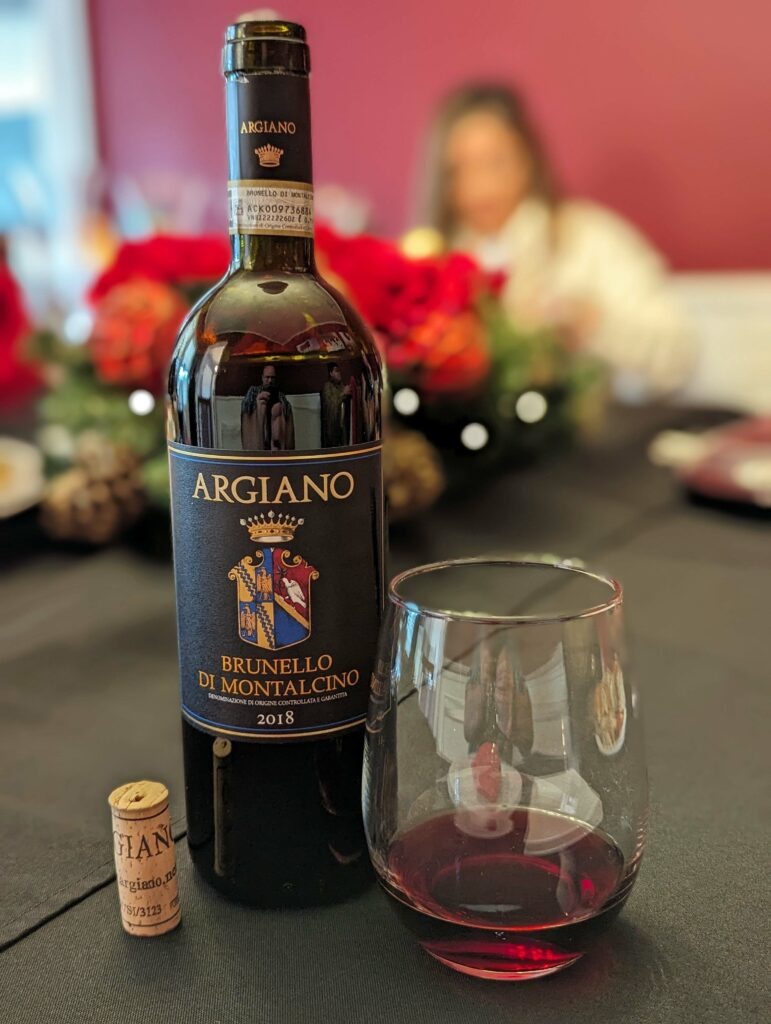
Chateau Giscours 2015
Next, we poured a glass of Chateau Giscours 2015 from Bordeaux’s Margaux appellation. Here the gravelly soils and maritime climate create a unique terroir that defines the character of the Cabernet Sauvignon-led blend. The dark fruit core and mineral undertones are a direct reflection of the gravel soils that provide excellent drainage and heat retention. The structured tannins and refined elegance speak to the temperate climate and the influence of the nearby Atlantic Ocean, creating a wine that is as complex as the terroir it originates from.
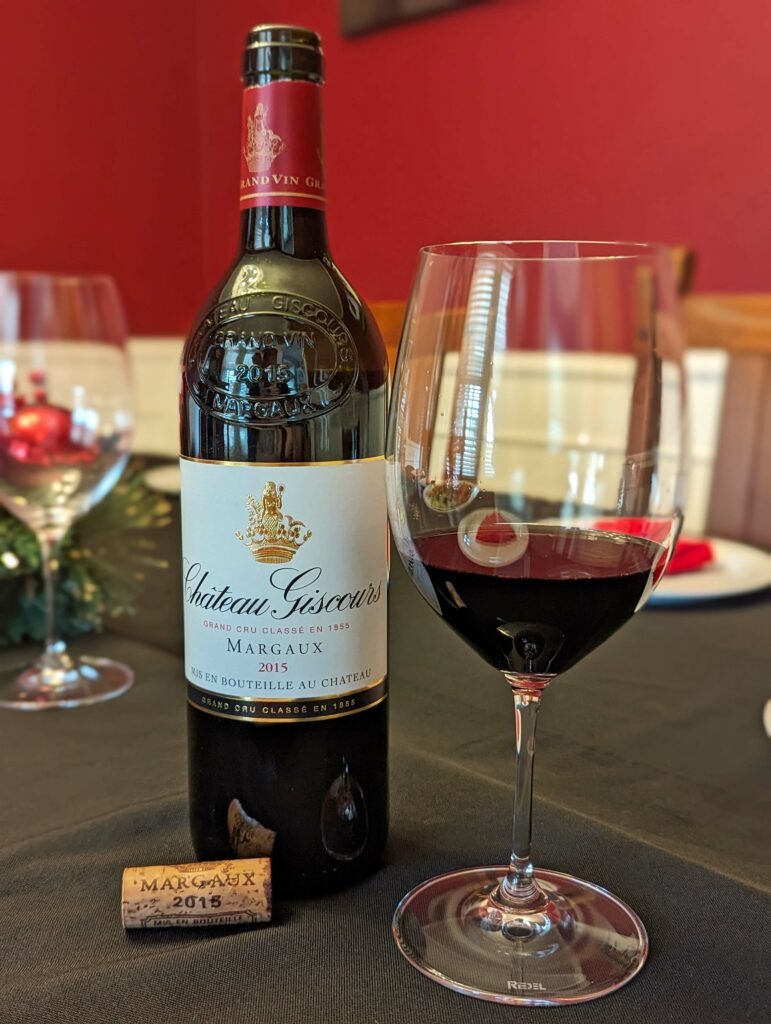
El Enemigo Cabernet Franc 2019
Our journey brought us next to the high-altitude vineyards of Argentina, with the El Enemigo Cabernet Franc 2019. The Cabernet Franc, often underappreciated, finds a unique expression here. The high-altitude terroir, with its cool temperatures, intense sunlight, and alluvial soils, lends the wine its bold fruit flavors, peppery spice, and refreshing acidity. The wine’s depth and vibrancy are a clear reflection of the terroir’s influence, with the altitude contributing to the grape’s phenolic ripeness and the alluvial soils imparting a distinct mineral streak.
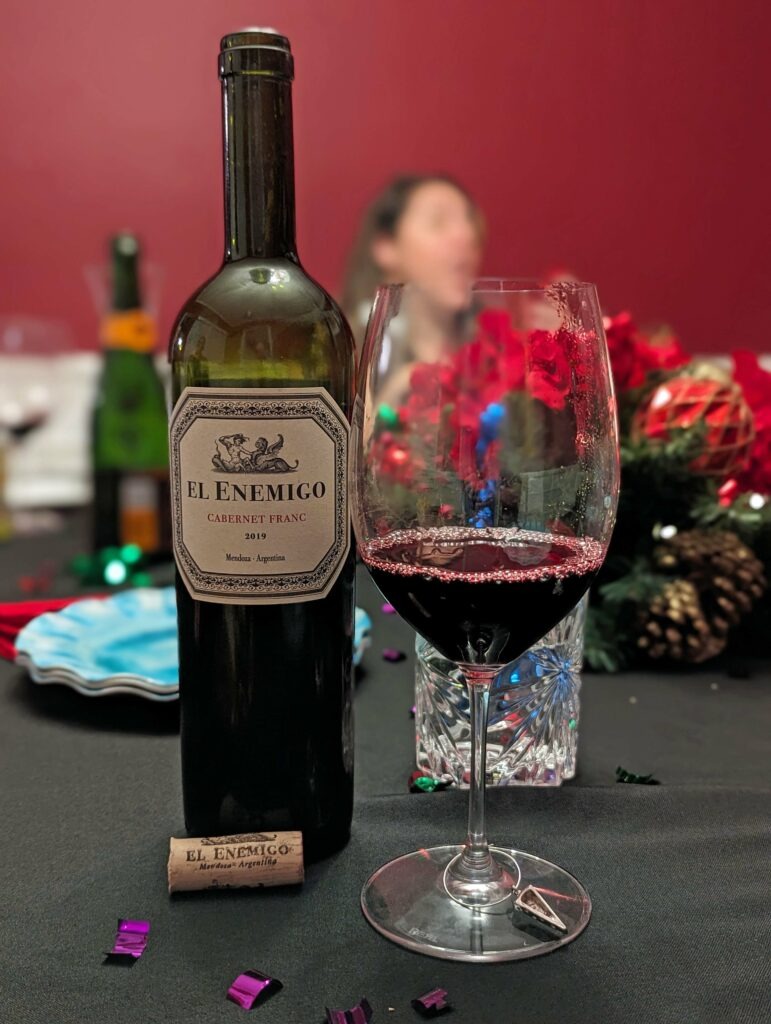
Stag’s Leap Armillary 2019
Our final stop was California’s Napa Valley, with the Stag’s Leap Armillary 2019. The region’s unique terroir, characterized by warm days, cool nights, and a combination of volcanic and sedimentary soils, is perfectly suited for the Cabernet Sauvignon grape. The wine’s rich blackberry and cassis notes are a testament to the region’s sunny climate, while the firm tannins and lengthy finish speak to the volcanic soils and the diurnal temperature shifts that contribute to the grape’s balanced ripening.
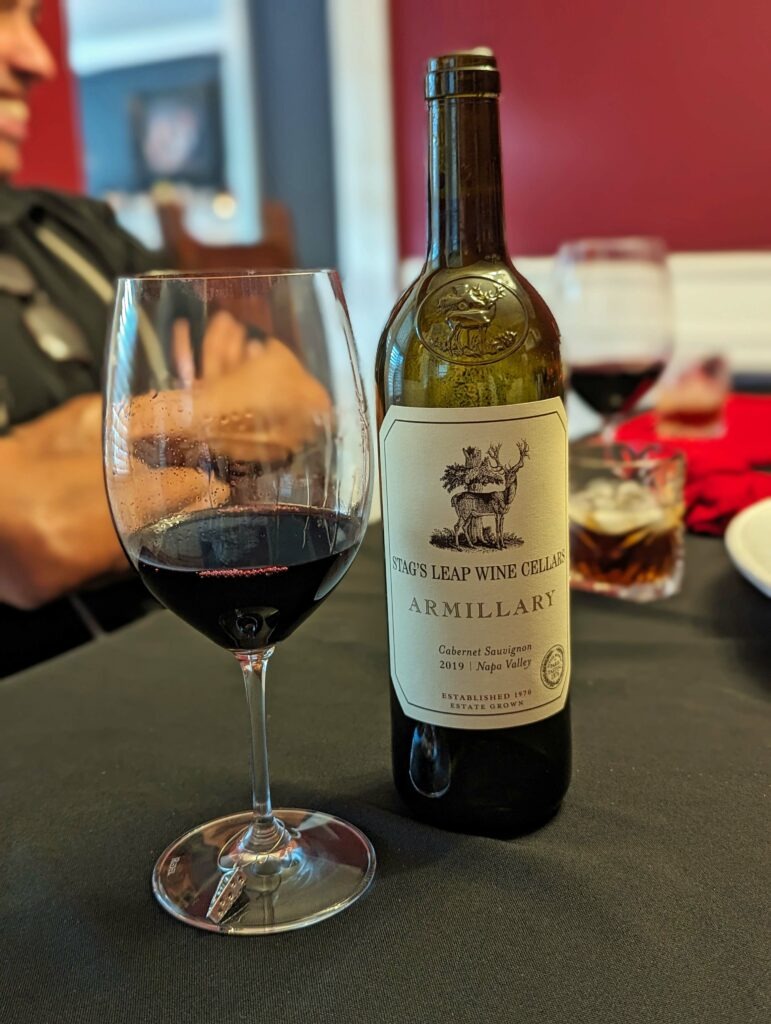
These exceptional wines reminded us that “terroir” is more than just a wine term – it’s the heart and soul of every bottle. It’s the silent whisper of the vineyard that adds depth and complexity to the wine. Keep listening my friends. Until our next exploration, happy tasting!
Did you like this content? If you did, let us know and share it with your friends.
This page contains affiliate links. We receive a small compensation when you purchase through affiliate links. While clicking these links won’t cost you a cent, it will help us keep the lights on and buy more wine. To find out more, click here.

